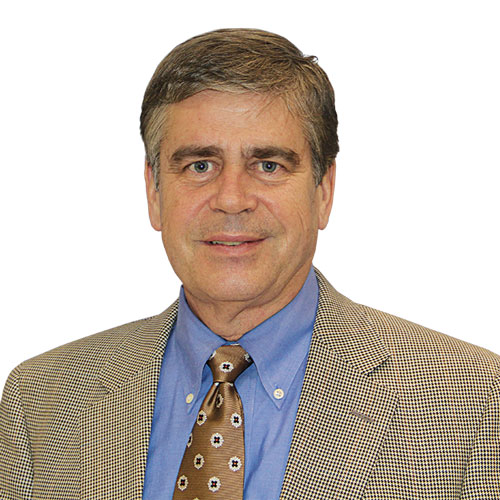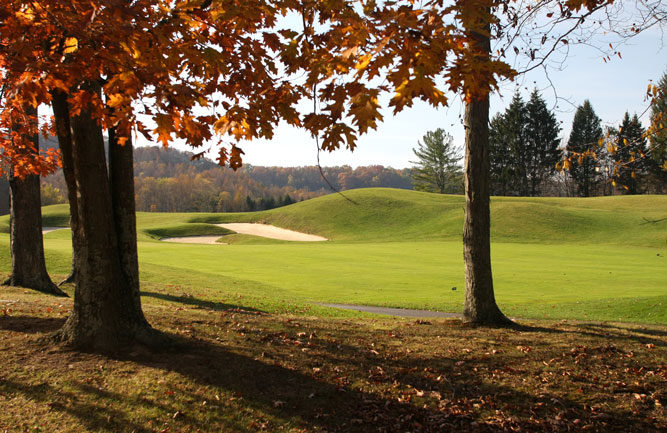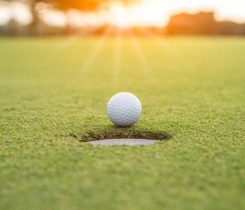Turf MD: The ‘why’ behind routine fall cleanup practices
Fall is a critical time for the management of cool-season turfgrasses, as it is when the majority of turf recovery from prolonged summer stress occurs. Management practices initiated and continued through the fall influence turf recovery, winter stress pre-conditioning and enhance turf health entering the new year.

Karl Danneberger, Ph.D
Fall is when we agronomically build back the golf course and prepare it for the trials and tribulations of next year.
Below, I list routine fall practices that you may often do without much thought to the significance they have on turf going into the winter.
Mowing
It’s important to mow through the fall until growth has ceased. For cool-season turfgrasses, it’s important to mow within the optimum height range. In some cases, the height is raised with the idea of improving the cold hardiness of the turf.
For cool-season grasses, raising the height, or ceasing mowing before turfgrass growth may have little effect on cold tolerance. The higher height and excessive leaf tissue may instead enhance the occurrence and severity of Microdochium patch.
Raising the height of annual bluegrass putting greens helps reduce the severity of potential freeze smothering.
Coring
The ideal time for fall coring is when turfgrass growth is active to promote quick recovery. Normally, this is late summer through Labor Day. Due to several circumstances, coring may be pushed later into the fall, where coring hole recovery becomes an issue.
At these times a clean, sharp tine punch on greens helps the core hole recover quicker. Think of the effects of cutting turf with a dull blade vs. a sharp blade. A dull blade results in a tearing or fraying action that requires the plant to spend more energy and time than a sharp cut does.

(Photo: mountainberryphoto / iStock / Getty Images Plus)
Shade and wear
Tree shade is detrimental to turfgrass health. Leaf removal is associated with improving fall golfing conditions as they shade the turf, reducing its photosynthetic ability to capture and store energy going into the winter. Tree leaves left on the turf also result in wet conditions, favorable for disease development.
The combined practices of continuing to mow through the fall and leaf removal will help reduce the severity of Microdochium patch and enhance fungicide control applications.
Shaded turf, especially annual bluegrass, often has less cold tolerance going into winter. Shade removal not only enhances turfgrass growth in the summer but also improves winter turf health.
As vegetative turf growth slows and ceases in the fall, the potential for wear injury from golfers, golf cars and equipment increases. Anticipate areas that receive extensive traffic and develop procedures to divert golfers and golf cars that spread the wear more evenly over the turf and reduce the likelihood of damage to the turfgrass crown.
The creation of temporary greens is an important practice for protecting putting surfaces from late fall through late winter. The benefits of temporary greens are often reflected in the spring on the overall quality and lack of wear damage on the permanent greens.
Irrigation and drainage
If desiccation is an issue, water sufficiently (not excessively) the likely areas before the arrival of winter. The availability of soil moisture helps reduce desiccation severity.
Removing surface water or reducing soil saturation through drainage, is one of the primary ways to improve turfgrass health. Whether reducing the likelihood of freeze injury or saturated soil conditions during the summer, drainage is the primary method to achieve those goals. Although it is sometimes an afterthought, fall is the time to install drainage on your course.
Fall is associated with bright colors, shorter days and cooler temperatures. It’s also when football dominates the sports landscape. On the course, it’s time to get important work done.












